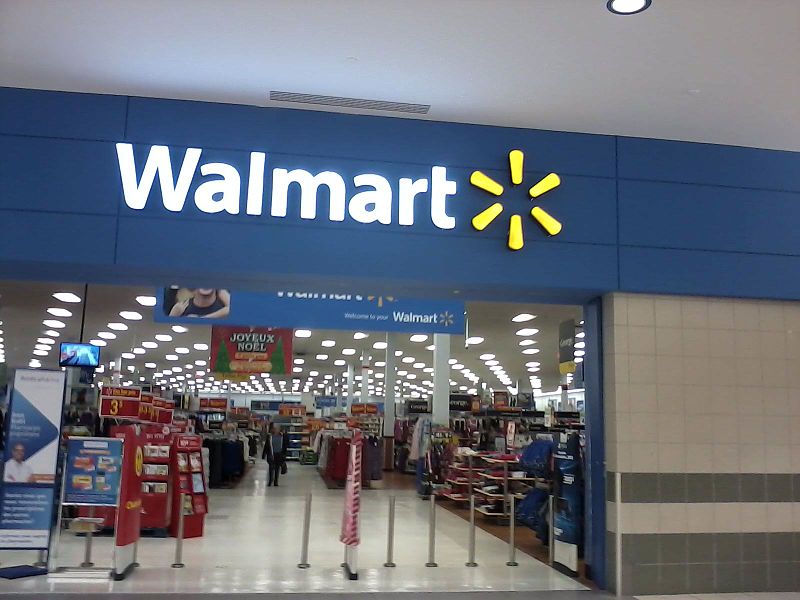 APPS
APPS
 APPS
APPS
 APPS
APPS
Social networking giant Facebook Inc. has landed a huge client for its Workplace by Facebook enterprise collaboration platform in the form of Wal-Mart Stores Inc., the largest private employer in the United States.
Under the deal, Workplace will be rolled out to Wal-Mart’s 2.2 million employees in stages, with Sam’s Club employees already using the platform to share “best practices by posting pictures of their in-store product displays.”
Workplace, previously called Facebook At Work, launched in October 2016 as a competitor to Slack Inc. and Microsoft Corp.’s Teams product. Working as an internal Facebook for a given company, the service offers a personalized news feed, intra-office voice and video chat, custom user groups and more. For company administrators, the platform includes a dashboard with analytics and integration with other software.
Since its launch, Workplace has quickly picked up a large range of customers and as of April was claimed to be used in 77 languages across more than 14,000 organizations. Larger enterprise users include Starbucks Corp., Viacom Inc., Discovery Communications Inc., the Singapore government, Campbell Soup Co. and AirAsia Bhd. Wal-Mart is now Workplace’s largest single user.
“We believe Workplace is for everyone,” Facebook Vice President said in a blog post. “Because Workplace is mobile and easy to use, it can reach Wal-Mart associates where they are. It builds connections between people, not org charts. And since it uses familiar features from Facebook, Wal-Mart associates have been able to hit the ground running on Workplace without much training.”
Signing Wal-Mart is a huge boost for Workplace, but Facebook’s offering still lags behind its competitors. As of July, Microsoft Teams was reported to have 30,000 business customers and a recent announcement that it was replacing Skype for Business with Teams will see that number surge significantly further.
Numbers for Slack are harder to pin down, but as of earlier this month it claimed to have 6 million daily users, with 50,000 teams paying for the service for 2 million of those users. That means that including its free tier, it could have around 100,000 to 150,000 business customers using the service. Whatever the number, Facebook sits in third place with a long road ahead to become the market leader.
THANK YOU